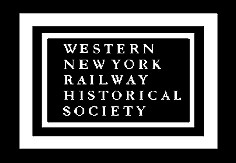 |
Rochester Junction on the Lehigh Valley Railroad 1892 - 2013 [ Updated December 2023 for the WNYRHS ] by Paul S. Worboys |
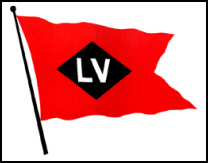 |
INTRODUCTION
| Paul S. Worboys, a native of Honeoye Falls, is looking for any and all information related to the history of Western New York’s "Rochester Junction." An active Monroe County railroad location from the 1890s to the 1980s, this stretch of former Lehigh Valley Railroad has been resurrected as one of the jewels of the "Rails To Trails Movement." Way back when, railroads were burly scenes of rails, railcars, railroaders, travelers, tramps and troop trains… and the unpleasant results from derailments, missteps at grade crossings or criminal activity. Today, former railroad rights-of-way connote a pleasant walk, a bicycle ride and a place of contemplation in a linear wonderland. At last count nationally, there are nearly 2,500 rail trails, totaling over 25,000 miles of recreational opportunity. A geographer by education, Worboys’ fascination is in the layers of history that converged upon the few square miles around Rochester Junction. As the name suggests, its influence, while extending in four directions, is but a tiny segment of the American landscape… all because of the proverbial "lay of the land." Generations of scientists have studied the glaciers that carved out the Great Lakes and the Finger Lakes; the southern range of the wooly mammoth and other pre-Ice Age fauna; and generations of habitation by the Seneca peoples ("Keepers of the Western Door" within the six-nation Iroquois Confederacy). Europeans, on the heels of the French Army that pushed the Native Americans from their range, staked claims to the land and have farmed for over 200 years… and those of us fond of railroads. Not to be overlooked is the subject of water, when residents in the early city of Rochester were plagued by such debilitating diseases as typhoid, cholera and dysentery. In the latter 1800s, a solution was found in Hemlock Lake, thirty miles to the south. Over time, the city acquired the rights to the entire water body (7 miles long, ½ mile wide) and removed the 100+ cottages and five hotels from the shoreline. Steamboat services went out of business, too. Three separate freshwater conduits were placed – all of them through Rochester Junction to reservoirs in Rochester. Diverting much of the water that once energized mills along the Hemlock Outlet and, especially, Honeoye Creek, the project eliminated those who, coincidentally, couldn’t afford steam power to turn their millwheels. Lehigh Valley Railroad planners drooled over that lake as a major resort, even putting an open-air depot on the waterfront in 1895, but all court actions went against them. With the excursion trade mostly gone, the annual "Hemlock Fair" and a couple of mills were about the only reasons for the railroad to serve Hemlock village, 1/2 mile from the lake. Not to be confused with Rochester, New York, several miles to the north, Paul is looking for any and all information (history, photos, stories et al) related to the subject of "Rochester Junction," New York. Credit will be given to all contributors. Please feel free to contact him at: pjerbley@gmail.com ; by mail Paul S. Worboys, 108 Quail Run Circle, Leitchfield, KY. 42754; or leave a message at (585) 697-4683. Thank you for your help! |
PREFACE
| NOTE: This update goes only as far as the formal opening of the RJCT freight house in 2013, when a recreated blend of the former freight house and a classic LVRR line depot was dedicated. Come back in 2033, for a twentieth anniversary update on developments since Monroe County, the Mendon Foundation and unsung volunteerism (not forgetting the numerous Eagle Scout projects) came to the aide of a desolate relic from the "Golden Age of Railroading." |
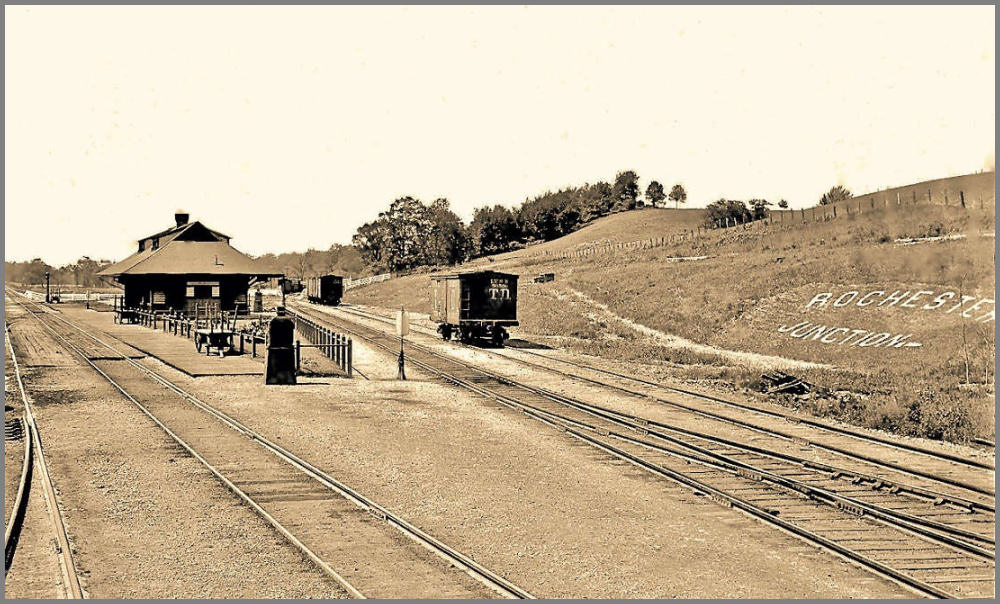 |
| This was the original Rochester Junction depot (1892 to 1896) looking west, with the branch to Rochester passing to the right of the station, until the erection of the fanciful Victorian structure (1896-1973). The original was dismantled and sent to Lima, NY for branch line service (1896-1983) surviving until it was razed in 1983. |
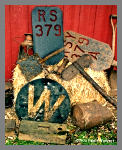 |
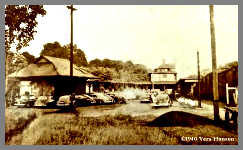 |
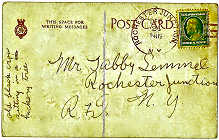 |
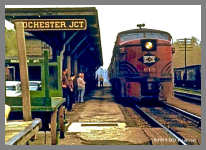 |
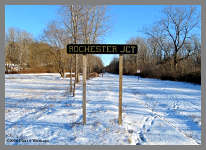 |
| Meanwhile, the Junction itself has been silent (in railroad terms) for over four decades. Sadly, the fanciful Victorian station went up in flames on Easter morning, 1973. Michael Redmond, a reader, sent trackside photos taken by his late father, Larry, on that fateful day. Living on the hill above the Junction, it must have been very painful for the Redmond family to watch local firefighters wage a fruitless battle against the flames. |
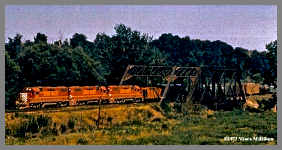 |
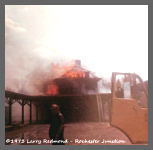 |
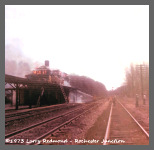 |
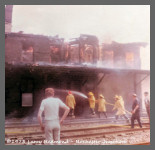 |
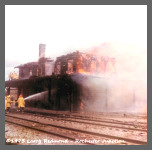 |
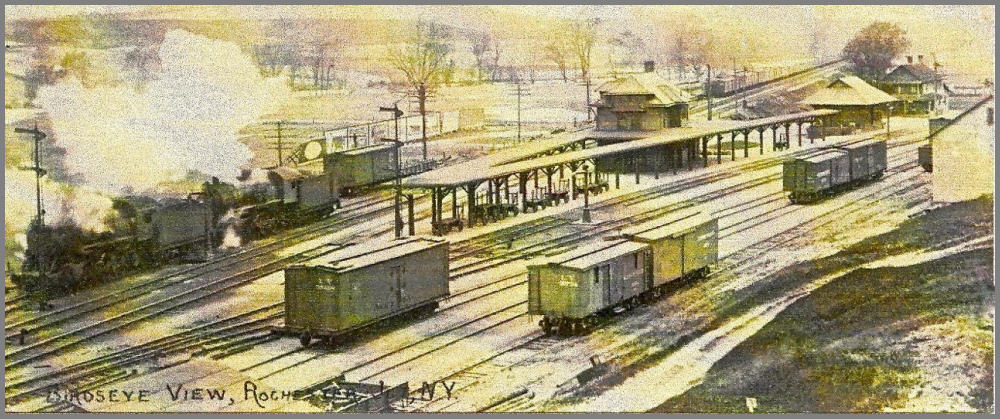 |
| While this c.1912 scene is "freight only" - the passenger shelters ("umbrella sheds" to this writer) indicate another major aspect of Rochester Junction, when branch trains from the city of Rochester (arriving at the right) and those off the Hemlock Branch coming from the south (left), met such crack mainliners as the "Black Diamond," the "Star," the "Maple Leaf," et al, heading west for Buffalo and east to New York City. Thankfully, the platform and a knee-wall on the depot footprint remain to outline the setting and launch one's imagination into the halcyon days of the Lehigh Valley and Rochester Junction! Terry’s Hotel, with a unique history of its own, can be seen at the upper right corner of the photo. (Courtesy of the Honeoye Falls Times postcard series, c.1907.) |
| With the demise of the mainline in 1976 and the branches in 1981, the place reverted to the serenity of pre-railroad days. Mother nature took back the land and the salvage companies took back everything with scrap value by 1984. |
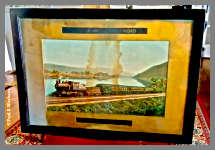 |
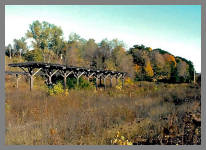 |
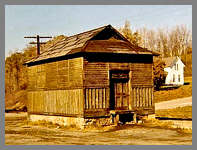 |
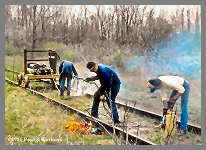 |
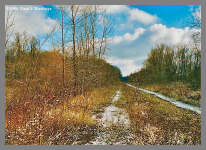 |
| Along with other fascinating eras of history that transpired in the vicinity, from geologic influences of the Ice Age, to a Seneca town destroyed by the French in 1687, to a pitched battle between millers and Rochester over water rights, Rochester Junction is a multi-dimensional place that has come back to life in the form of the "Lehigh Valley Trail." |
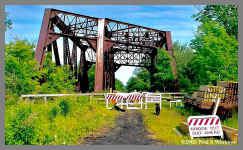 |
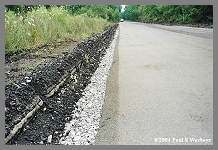 |
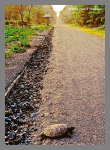 |
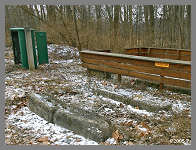 |
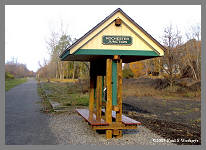 |
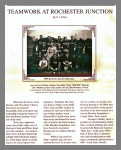 |
 |
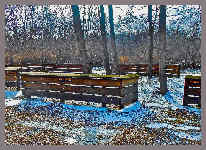 |
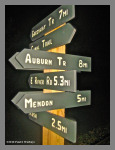 |
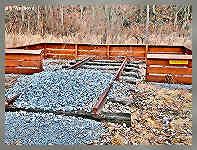 |
| shelter [Ben Stewart], while the Moffitts’ son-in-law, Eric Baker, and their daughter’s former classmate, Paul Worboys, caught photos of them preparing to leave town in style. |
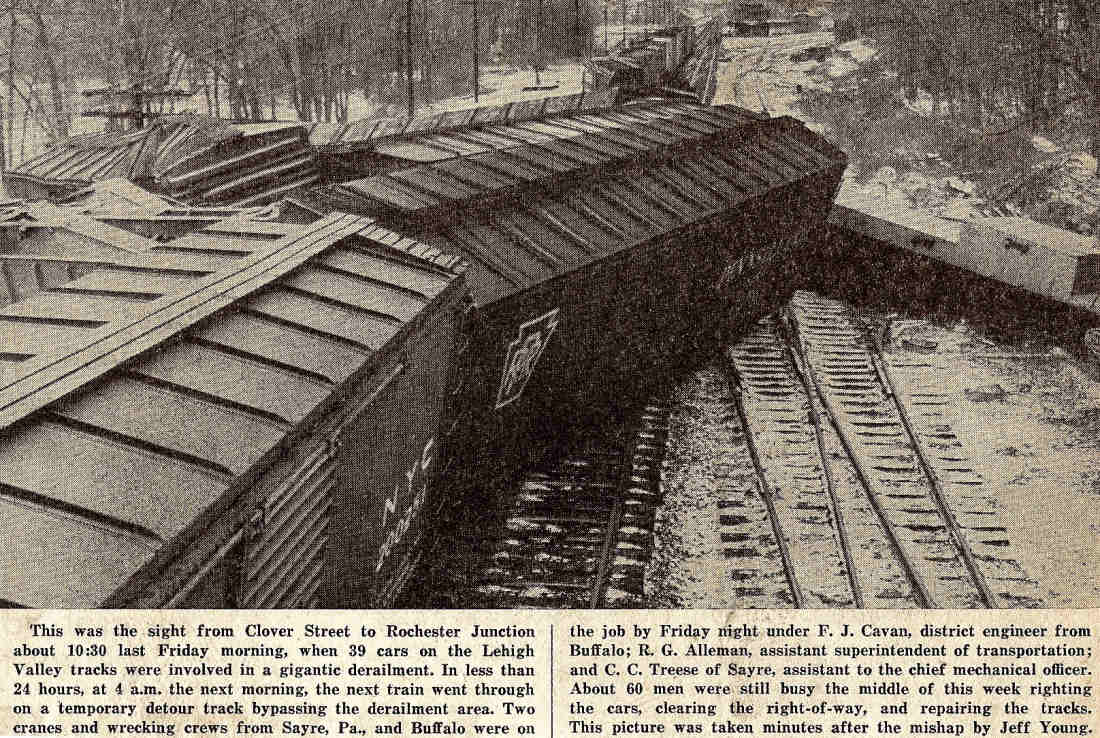 |
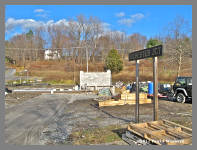 |
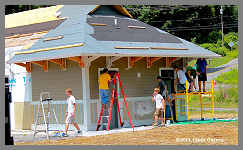 |
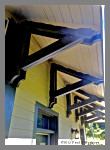 |
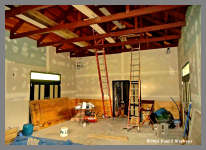 |
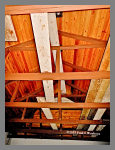 |
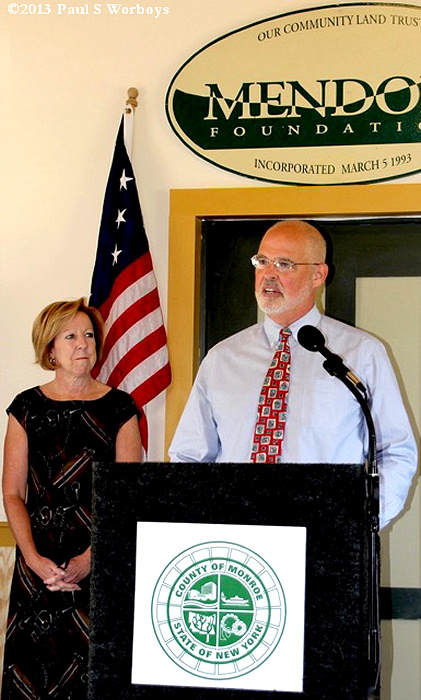 |
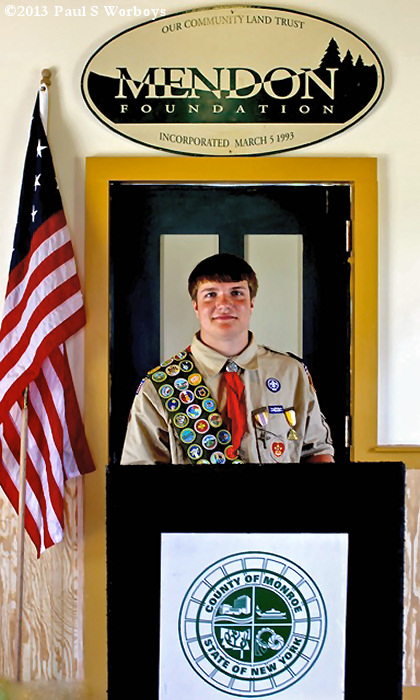 |
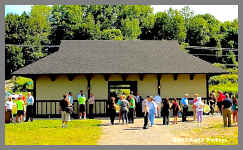 |
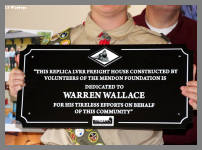 |
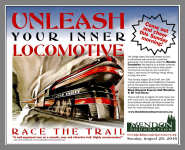 |
THE END… for now.
| This site has become a junction once again, with astute trail users wondering about its history. To date, many sources of information are scattered throughout the region - in books, newspapers, attics and public memories. As noted earlier, a 2021 compendium of sorts has offered a "one-stop" view of the place… Rochester Junction Then and Now. But many hands can play. There is no one-stop view. Railfans and historians, sure, but the writer has collected a wide variety of artifacts, ephemera and personal recollections from the hoi polloi who have something to offer on this subject. As one of many self-anointed collectors of information related to "Rochester Junction," is it pompous when credit is given to all contributors? There is always room for anything collected strictly for posterity… and without profit motive. Please know that Honeoye Falls is my native home, branch trains passed by my window and pilgrimages to Rochester Junction have been ongoing for over sixty-five years. Contact me via snail mail at 108 Quail Run Circle, Leitchfield, KY. 42754; email at pjerbley@gmail.com; or leave a message at (585) 697-4683. Thanks! |
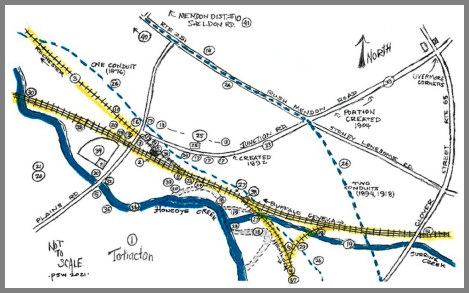 |
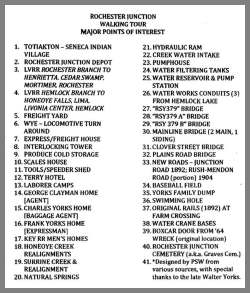 |
Web Site Hosting by TRAIN WEB
The WNYRHS, Inc., 100 Lee Street, Buffalo, NY. 14210 is an independent organization and has no affiliation with any other local or national group.
The Society is a fully qualified organization under 501 (C) (3) of the Internal Revenue Code and all donations to the Society are tax deductible.
©Copyright 1999 , WNYRHS Inc. all rights reserved